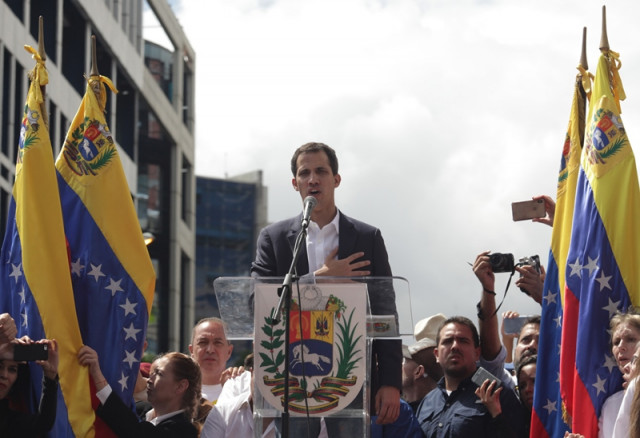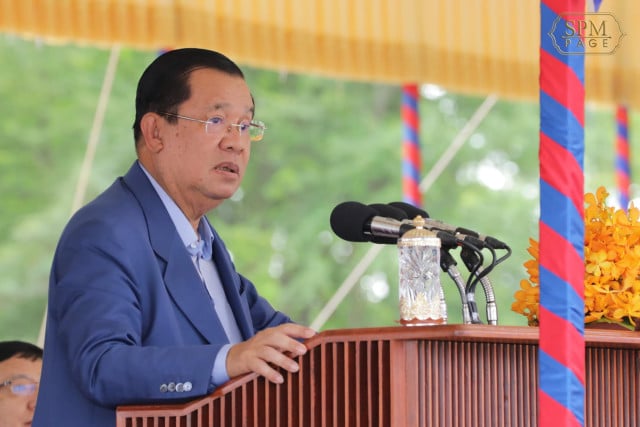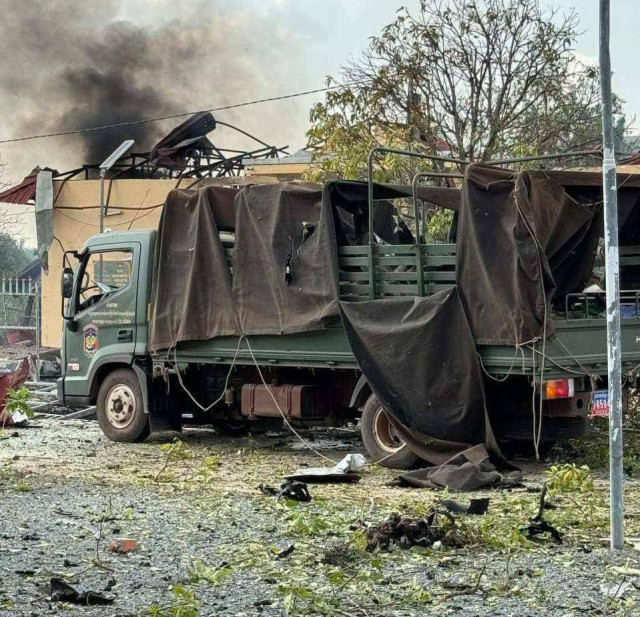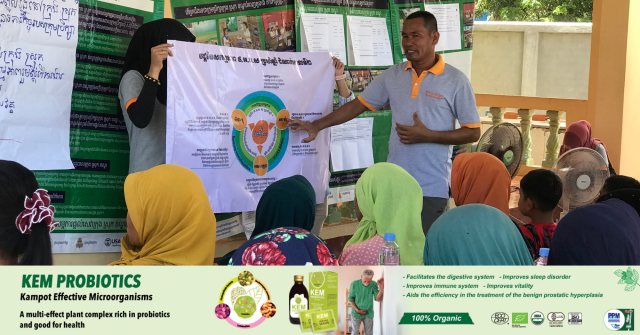Trapeang Sangke Mangrove: A Lifeline for Sea Animals…and for People
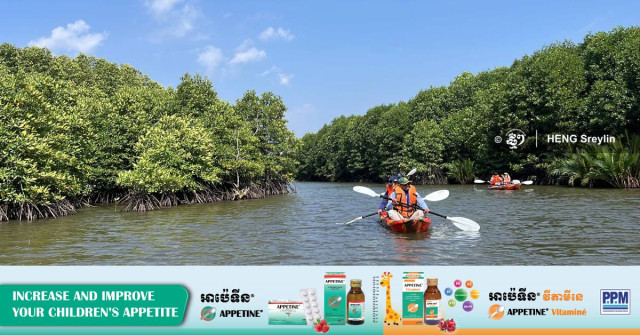
- By Heng Sreylin
- April 22, 2024 3:10 PM
KAMPOT — The Trapeang Sangke community is one of the popular ecotourism areas in Kampot province. Its 40-hectare mangrove forest, which makes tourists come and then come back again and again, has been a lifeline for sea animals as well as the community of nearly 60 families.
Established in 2009 as a fishing community, the Trapeang Sangke community has been an ecotourism community since 2019 and one of Kampot province’s tourism destinations attracting visitors who want to see the mangrove forest in its area.
Sim Him, head of the community, said that, at first, there were few visitors. Back then, those coming over were staff members of the community’s partner organizations, he said.
Today, the mangrove forest supports 57 families through tourism activities, which provide them with revenues to add to what they earn fishing and farming, Him said.

“The main potential for the Trapeang Sangke community is the mangrove forest growing in the coastal area,” he said. “Usually, visitors come as family: They plant one tree each. Those who plant a lot are tourists on tour, staff members from private companies and young volunteers.”
But beyond the tourism aspect of the mangrove, Him said, the mangrove forest plays a crucial role for everyone in the area as it contributes to preventing floods and landslides, absorbing toxic substances in the water and turning them into oxygen. It is also home to a number of sea creatures such as crabs, shellfish, shrimps, and fish while the forest is a habitat for birds.
When visitors come to the mangrove, the Trapeang Sangke community members can cook meals, using what they just caught, Him said. Boat service is available for sightseeing through the mangrove forest or the sea, which is not far from the community site, he said. There now are boats that can accommodate 16 people and are driven by young and old community members. A boat costs 60,000 riels (around $15.00) and can accommodate about 10 people, Him said.

The boat service gets very busy during holidays and on weekends. The majority of visitors are then Cambodians mostly from Phnom Penh but also from the provinces. Among them, only 20 percent or so are international visitors, according to annual data.
The community also makes available trees that visitors can plant in the community ‘s forest. A mangrove tree costs 2,500 riel (around $0.65) for Cambodian visitors and 4,000 riel (around $1.00) for international visitors. The revenues from the sales are used to help further develop the community, Him said.
To plant mangrove seedlings, visitors must travel by boat about 4 kilometers, which takes 15 minutes or so, along the Kbal Romeas Canal. And for visitors who want to spend the night, there are 32 rooms at the rate of $!2 per night on weekdays and $15 on holidays.

Some people in the community started working as boat-tour operators. “They received training on how to drive, how to welcome guests, and how to make the boat attractive,” Him said.
Others have received funding from communities and partner organizations to open businesses, he added.
About 40 percent of the people in the community fish while others grow crops such as watermelons or corn, and others raise animals.
As Him explained, the people living in the community have many jobs. “We created this community not for profit but to create more jobs for people other than fishing,” he said.

Originally written in Khmer for ThmeyThmey, this article was translated by Torn Chanritheara for Cambodianess.






